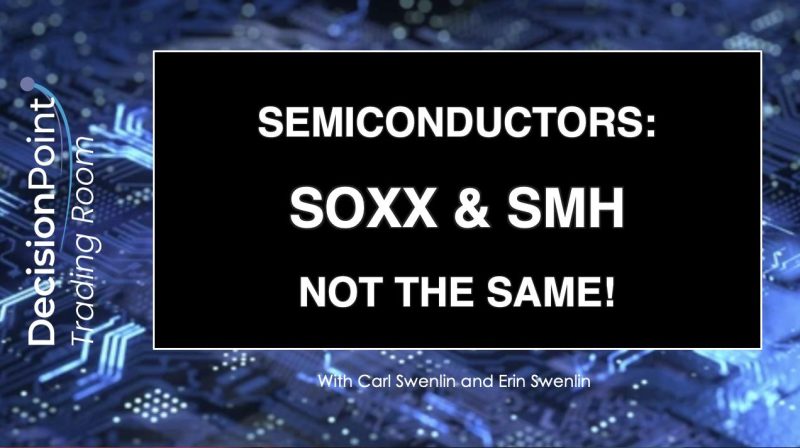Semiconductor exchange-traded funds (ETFs) have garnered significant attention from investors seeking exposure to the booming technology sector. Among these ETFs, two popular options stand out – the iShares PHLX Semiconductor ETF (SOXX) and VanEck Vectors Semiconductor ETF (SMH). While these ETFs may seem similar as they both track semiconductor companies, there are notable differences that investors should consider.
One key difference between SOXX and SMH lies in their underlying indexes. SOXX tracks the PHLX SOX Semiconductor Sector Index, which includes companies involved in the design, distribution, manufacture, and sale of semiconductors. On the other hand, SMH follows the MVIS US Listed Semiconductor 25 Index, comprising the 25 largest semiconductor companies listed in the U.S.
The differences in the composition of these indexes can result in variations in the performance of SOXX and SMH. For instance, SOXX may have a higher concentration in certain semiconductor sub-sectors compared to SMH, potentially leading to divergent returns during market fluctuations.
Another important consideration for investors is the expense ratio associated with each ETF. SOXX has a slightly higher expense ratio compared to SMH, which can impact the overall returns generated by the ETF over time. While expense ratios are not the sole determinant of ETF performance, they are worth factoring into the decision-making process.
Furthermore, the market capitalization and liquidity of the underlying holdings in SOXX and SMH differ. SOXX tends to have a larger exposure to mid-cap semiconductor companies, whereas SMH may lean more towards large-cap stocks. This distinction can influence the risk and return profile of the ETFs and how they react to market conditions.
It is also crucial for investors to assess the historical performance and volatility of SOXX and SMH. By analyzing past returns, investors can gain insights into how these ETFs have behaved in various market environments and make informed decisions about their suitability for their investment objectives.
In conclusion, while SOXX and SMH both offer exposure to the semiconductor industry, they are not the same. Investors should carefully evaluate the differences in index composition, expense ratios, market capitalization, and historical performance before selecting the ETF that best aligns with their investment goals and risk tolerance. Conducting thorough research and consulting with a financial advisor can help investors make well-informed decisions when choosing between SOXX and SMH for their portfolio.



























